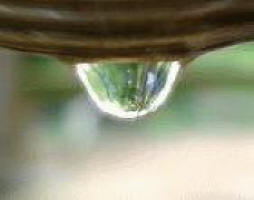 How the Moon produces its own water
How the Moon produces its own water
The Moon is a big sponge that absorbs electrically charged particles given out by the Sun. These particles interact with the oxygen present in some dust grains on the lunar surface, producing water.
This discovery, made by the ESA-ISRO instrument SARA onboard the Indian Chandrayaan-1 lunar orbiter, confirms how water is likely being created on the lunar surface. It also gives scientists an ingenious new way to take images of the Moon and any other airless body in the Solar System. The lunar surface is a loose collection of irregular dust grains, known as regolith. Incoming particles should be trapped in the spaces between the grains and absorbed. When this happens to protons they are expected to interact with the oxygen in the lunar regolith to produce hydroxyl and water. The signature for these molecules was recently found and reported by Chandrayaan-1’s Moon Mineralogy Mapper (M3) instrument team.
| Contact information |
Detlef Koschny
(email: Detlef.Koschny@esa.int) |
|---|---|
| News type | Inbrief |
| File link |
http://www.esa.int/esaCP/SEM8TBYRA0G_index_0.html |
| Source of information | ESA |
| Subject(s) | NATURAL MEDIUM |
| Geographical coverage | International |
| News date | 15/10/2009 |
| Working language(s) | ENGLISH |
 you are not logged in
you are not logged in





